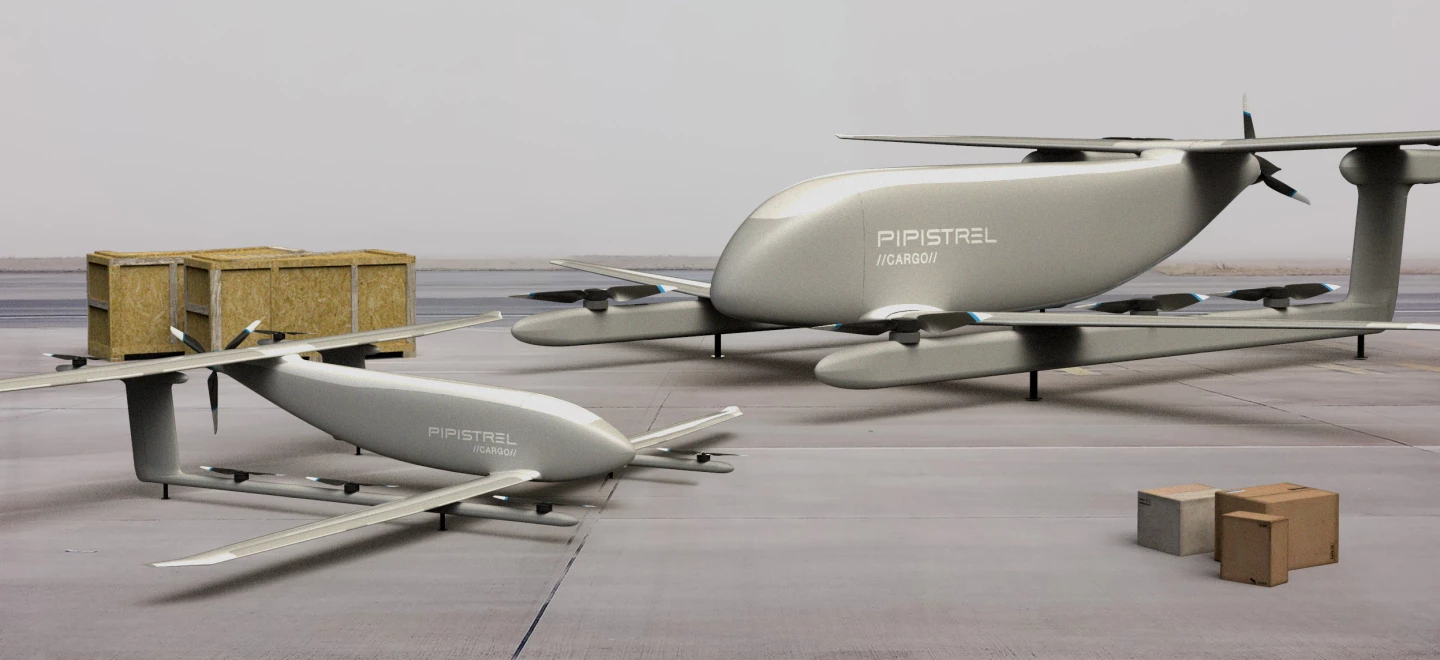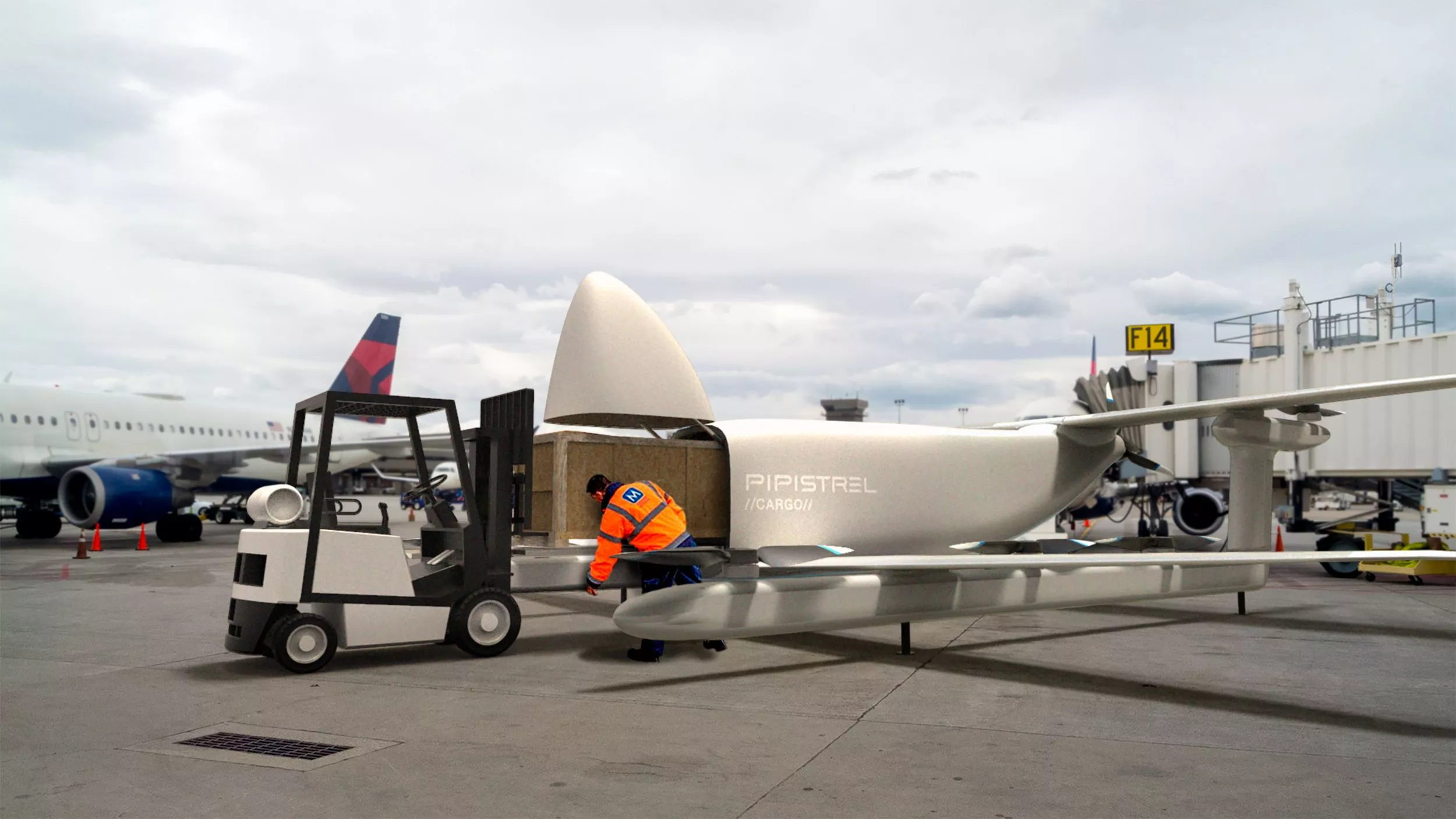When we hear about VTOL (vertical take-off and landing) aircraft, we usually think of passenger-carrying "air taxis." The autonomous Nuuva, however, is being designed to give cargo-carrying helicopters a run for their money.
More than anything else, the big selling feature of VTOLs lies in the fact that while they take off and land vertically, they switch to more efficient fixed-wing flight once they reach cruising altitude. This means that they can access hard-to-get-at locations like a helicopter, yet they use less fuel (and typically go faster) in forward flight.
The Nuuva line will consist of two models – the V300 and the V20 – both of which are the product of Slovenian aircraft manufacturer Pipistrel. Among other things, the company is already known for its two-seater Velis Electro electric airplane, and its ultra fuel-efficient twin-fuselage Taurus G4.

Both Nuuva models will use eight battery-powered Pipistrel electric motors to independently drive the eight horizontal propellers that provide vertical thrust. Horizontal thrust will be provided by a rear pusher prop, powered by an internal combustion engine.
At a total length of 11.3 m (33 ft, 1 in) and with a wingspan of 13.2 m (43 ft, 4 in), the V300 should have a range of about 300 km (186 mi) when carrying a "typical" 300-kg (660-lb) payload on a full 410-liter (108-US gal) tank of aviation or car fuel. That said, it will reportedly go up to 2,500 km (1,553 mi) when carrying a payload of up to 50 kg (110 lb). It should also be capable of carrying as much as 460 kg (1,014 lb) if range isn't as much of a consideration.
Designed for lighter-duty last-mile deliveries, the smaller 4.5 meter-long (15-ft) V20 will be able to haul payloads of up to 20 kg (44 lb) over a distance of about 250 km (155 mi).

Both models will fly autonomously, utilizing GPS and onboard sensors to follow a preprogrammed flight path. A ground-based operator will still be able to remotely take manual control at any time, though, if the need arises.
Pipistrel is planning for the V300 to enter service in the second half of 2023 – the aircraft can be seen in computer-animated action, in the following video. The V20 could be ready to go as soon as next year.
Source: Pipistrel







